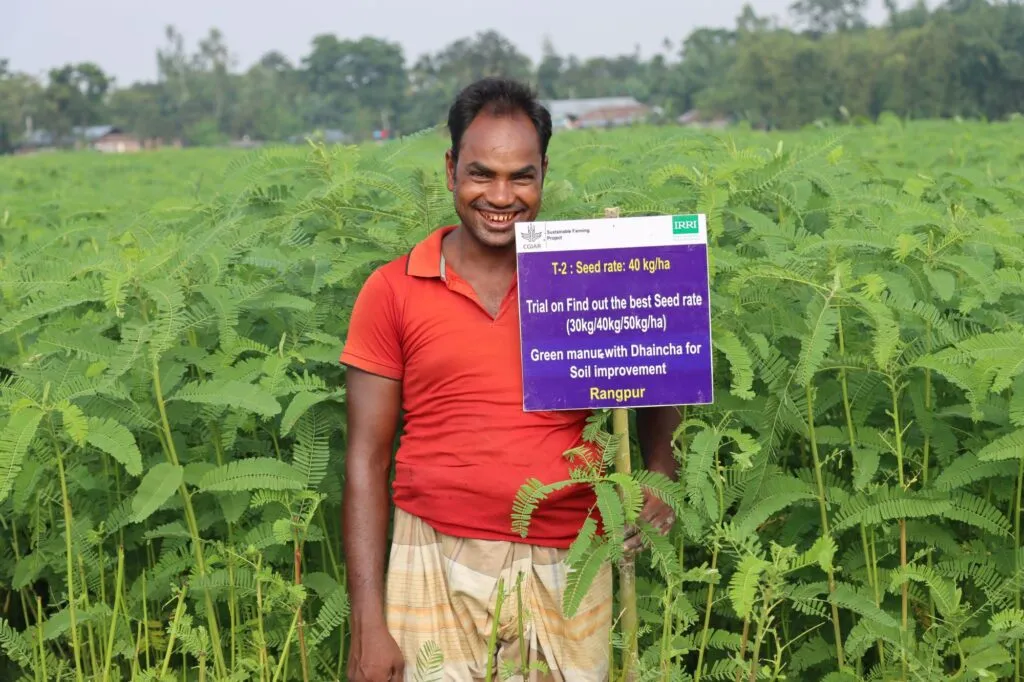In the verdant, undulating landscapes of the Chittagong Hill Tracts (CHT) of Bangladesh, a scientific endeavor is unfolding that could reshape the future of sustainable agriculture in the region. Researchers, led by Md. Zonayet of the Krishi Gobeshona Foundation (KGF), have been delving into the intricate dance between fertilizer application, mulching, and the yield of jhum crops. Their findings, recently published in the ‘International Journal of Bio-Resource and Stress Management’, offer promising insights for farmers and agritech innovators alike.
The study, conducted between March 2015 and February 2016, was a meticulous exploration of how different fertilization and mulching strategies could boost the growth and yield of jhum crops. The researchers employed a Randomized Completely Block Design (RCBD) with three treatments: a control group, application of 100% chemical fertilizers, and application of 125% chemical fertilizers along with mulch and no-mulch conditions. The results were striking.
“Fertilization under slush-mulch condition had a positive role on the yield of Jhum rice and that of other Jhum crops,” Zonayet explained. The highest grain yield of rice, a staggering 4.44 t ha-1, was achieved through the combination of mulching and the application of fertilizers at 125% of the recommended dose. This is a significant leap from the control group’s yield of 1.89 t ha-1.
The implications for the agriculture sector are profound. The study underscores the potential of integrated nutrient management strategies to enhance crop productivity. For farmers in the CHT and similar regions, this could translate to improved livelihoods and food security. Moreover, the findings could spur innovations in agritech, with companies developing precision fertilization and mulching technologies tailored to the unique needs of jhum farming.
However, the study also raised a cautionary note. The researchers observed that the negative balance of soil nutrients increased with the rates of fertilizer application, both under mulch and no-mulch conditions. This highlights the need for balanced and judicious use of fertilizers to prevent long-term soil degradation.
The research conducted by Zonayet and his team is a beacon of hope for sustainable agriculture in the Chittagong Hill Tracts. As the world grapples with the challenges of climate change and food security, such studies become increasingly vital. They not only offer practical solutions for farmers but also pave the way for future developments in the field of agritech. The journey towards sustainable agriculture is a complex one, but with each study like this, we take a step closer to a greener, more productive future.

